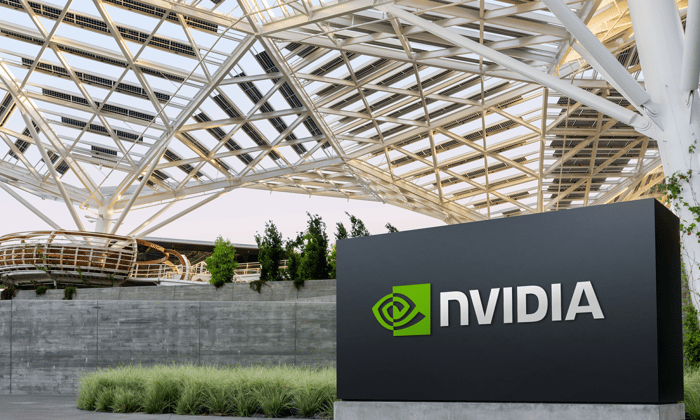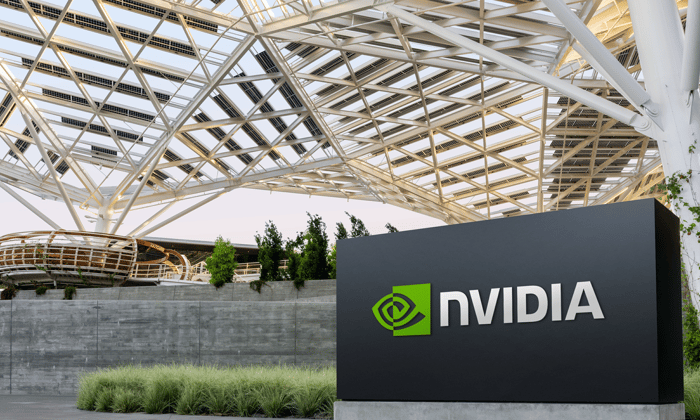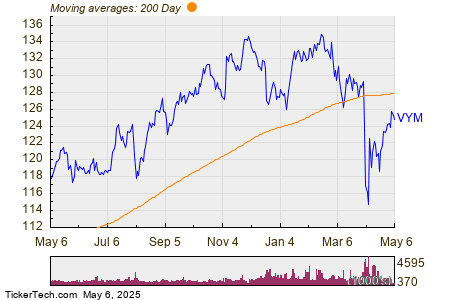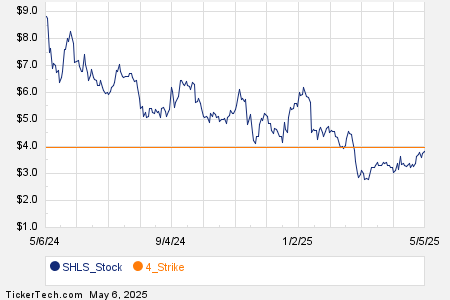Nvidia’s Stock Faces Challenges Amid Tariffs and AI Demand
Like much of the Stock market, Nvidia (NASDAQ: NVDA) has seen considerable volatility in 2025. Although the stock has recovered some losses, it remains down 15% year to date. Investors express concern that President Donald Trump’s tariffs could dampen demand for the company’s leading data center chips, which are essential for artificial intelligence (AI) applications.
Even though semiconductors are primarily exempt from stringent tariff measures, many of Nvidia’s clients still face rising costs and potential dips in sales. This situation could compel them to cut back on capital expenditures (capex).
Positive Signals from Major Tech Companies
Meta Platforms (NASDAQ: META), Microsoft (NASDAQ: MSFT), Alphabet (NASDAQ: GOOG)(NASDAQ: GOOGL), and Amazon (NASDAQ: AMZN) are among the largest purchasers of Nvidia’s AI chips. Recently, they provided Nvidia investors with a favorable update regarding their AI spending plans for the year.

Image source: Nvidia.
Nvidia’s Industry-Leading AI Chips
Nvidia’s H100 graphics processing unit (GPU) dominated the AI data center landscape throughout 2023 and most of 2024, built on the Hopper architecture. This architecture has now been replaced by the higher-performing Blackwell and Blackwell Ultra architectures. Notably, the new Blackwell Ultra GB300 GPU can execute AI inference up to 50 times faster than the H100 in certain configurations. This performance leap is crucial for developers focused on next-generation “reasoning” models.
While traditional large language models (LLMs) offer quick one-shot responses, they can often produce errors. Reasoning models take additional time to “think,” reducing inaccuracies before generating answers. This approach capitalizes on existing data, streamlining pre-training processes.
If reasoning models require significantly more tokens (words, symbols, and punctuation) for processing, Nvidia CEO Jensen Huang indicates they need up to 100 times more computational power than traditional models to keep the user experience efficient. The upcoming Blackwell Ultra chips, expected to ship in the second half of 2025, aim to address this challenge. Additionally, developers are anticipating Nvidia’s next-generation Rubin GPUs, expected to deliver an extra 3.3 times more computing performance when released in 2026.
Nvidia’s continuous investment in innovation aims to propel the AI sector forward long-term, drawing investor attention to demand stability.
Impact of Tariffs on Nvidia and Its Customers
Although Nvidia is a U.S. company, most of its chips are manufactured overseas by Taiwan Semiconductor Manufacturing, categorizing them as imported products. Trump did exempt semiconductors from his “Liberation Day” tariffs to maintain U.S. leadership in AI technology.
A more concerning aspect is the effect of tariffs on Nvidia’s customers, who collectively invest tens of billions in AI chips and data center infrastructure. A slowdown in their operations could provoke budget cuts. Tariffs negatively impact physical good revenues, for instance, Amazon could experience losses due to its e-commerce reliance on imported goods.
However, services such as Amazon’s cloud platform, digital advertising, and streaming segments are largely shielded from tariffs since they focus on digital products. Other customers like Meta, Microsoft, and Alphabet, which mainly deliver digital offerings, may also endure fewer disruptions from global trade tensions.
Reassuring Financial Updates from Key Clients
When these tech giants reported their Q1 financial results for the period ending March 31, they offered encouraging news for Nvidia investors:
- Meta increased its 2025 capex forecast range to $64 billion to $72 billion (up from a previous range of $60 billion to $65 billion).
- Microsoft maintained its forecast, planning to spend approximately $80 billion during its fiscal 2025 (ending June 30).
- Alphabet’s capex forecast remains unchanged, with $75 billion allocated for 2025.
- Amazon left its capex forecast stable, anticipating around $105 billion in spending this year.
Nvidia Stock Offers a Unique Buying Opportunity
The recent dip in Nvidia Stock presents an attractive opportunity for investors. The stock is currently trading at a price-to-earnings (P/E) ratio of 39, considerably lower than its 10-year average and median, both exceeding 50.

Data by YCharts.
Nvidia reported $115.2 billion in data center revenue for fiscal 2025 (ending January 26), marking a staggering 142% increase year-over-year. Huang predicts that overall data center spending will exceed $1 trillion annually by 2028, driven by the rising demand for reasoning models. This trajectory suggests considerable growth potential for Nvidia.
Data center operators like Meta, Microsoft, Alphabet, and Amazon typically plan their infrastructure investments years ahead, which encourages them to overlook short-term economic downtrends influenced by tariffs and trade tensions. This willingness likely explains their consistent capex forecasts.
Furthermore, demand for Nvidia’s chips currently surpasses supply. Companies are hesitant to cancel orders, as doing so could jeopardize their competitive positions in the AI landscape. Consequently, Nvidia Stock appears to be a solid investment at the present price, particularly for those prepared to maintain their position until 2028 and beyond.
# Major Investment Opportunities: Act Now Before They Pass You By
Missing out on the most successful stocks can be frustrating. Recently, our team of analysts has identified key opportunities that investors should consider before they slip away.
Impressive Historical Returns
Looking at the data, it’s clear that waiting too long to invest can be costly:
- Nvidia: An initial investment of $1,000 when we first recommended the stock in 2009 would now be worth $296,928!
- Apple: An investment of $1,000 at the time of our 2008 recommendation would have grown to $38,933!
- Netflix: If you invested $1,000 when we doubled down in 2004, your investment would be valued at $623,685!
New “Double Down” Alerts Issued
Currently, we are issuing “Double Down” alerts for three notable companies. Joining our service gives you access to these recommendations, which could represent your next chance to succeed in the market.
*Stock Advisor returns are as of May 5, 2025
Suzanne Frey, an executive at Alphabet, and Randi Zuckerberg, a former director at Facebook, are both members of The Motley Fool’s board of directors. John Mackey, the former CEO of Whole Foods Market, is also involved. Anthony Di Pizio does not hold any positions in the discussed stocks. The Motley Fool has investments in and recommends stocks like Alphabet, Amazon, and Nvidia. A detailed disclosure policy is available.
The views expressed in this article belong to the author and do not necessarily reflect those of Nasdaq, Inc.



